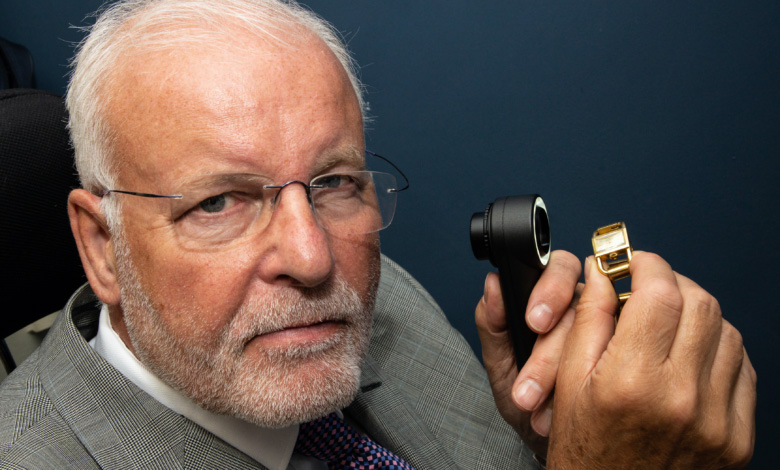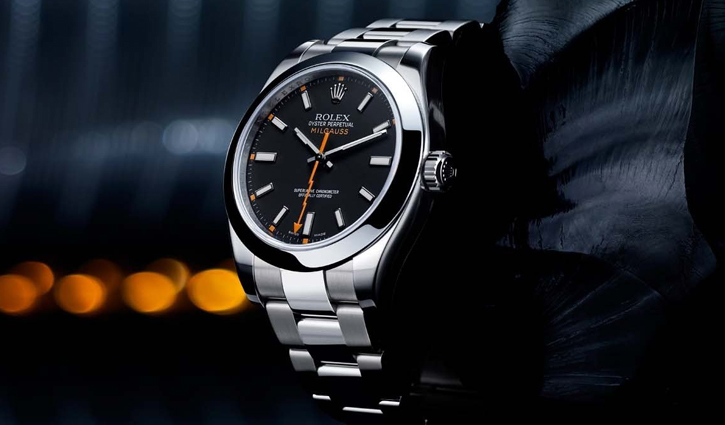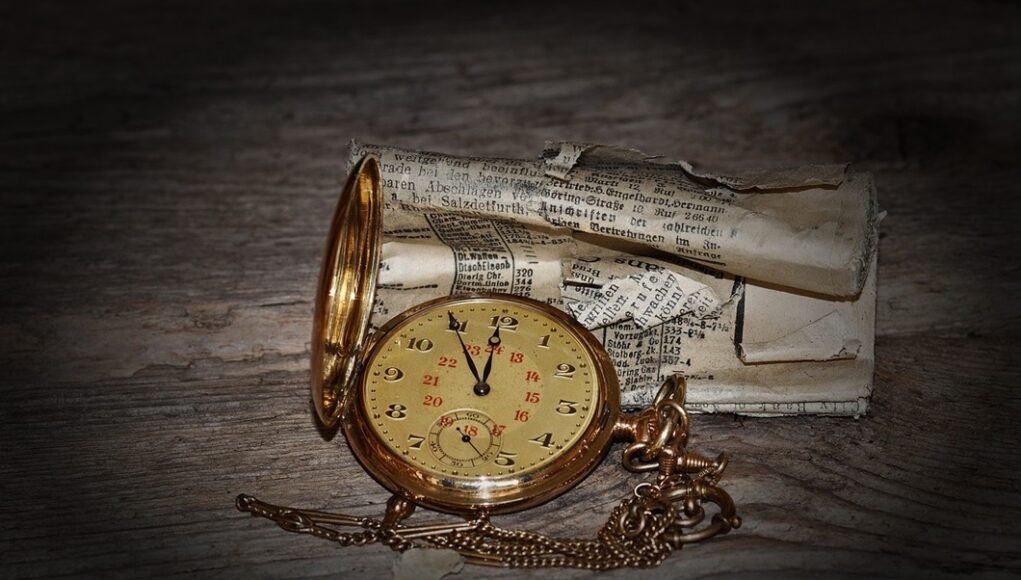The process of evaluating jewellery, watches, antiques, and artwork is complex and calls for a blend of technical know-how, historical awareness, and market intelligence. These items frequently have high monetary and sentimental values, thus careful and accurate appraisal techniques are required, be it jewellery valuation or any other asset valuation. The main factors and methods for assessing these items are described in this article.
Assessment of Jewellery
Evaluating jewellery mostly entails determining each piece’s worth, quality, and craftsmanship. The purity, weight, and authenticity of precious metals (such as gold, silver, and platinum) and gemstones (such as diamonds, rubies, and sapphires) are examined. Magnification, spectrometry and so on are some of the methods which are used in evaluating the jewellery . A piece’s worth is significantly influenced by its production quality and design complexity. Generally speaking, handcrafted goods are valued higher than mass-produced ones. The history of the jewellery also plays a significant role in enhancing its worth; when evaluating the jewellery on the basis of its history, certain factors such as the famous designer or brand behind it or the influential person who owned it in the past are looked upon. The market demand of the jewellery is also one of the important aspects which determine the value of the jewellery. How rare the jewellery is, its condition and age are some of the other important factors which determine the exact value of the jewellery. If there is any damage, first repair the jewellery before taking it to the valuation process.

Evaluation of Antique Pieces
The valuable assets, which are hundred years old, are generally considered as antique pieces. In antique valuations, to determine the value of the antique pieces carefully weighing factors including age, rarity, and historical significance are taken into consideration. Apart from that the authenticity and originality of the item are given utmost importance. This includes assessing the antique pieces, the way it is constructed, and patina. Since the item’s historical and monetary value are influenced by its time and place of manufacture, appraisers take these factors into account. Age-related wear is to be expected, but significant restoration or damage might reduce value. On the other hand, meticulous renovation that maintains the original appearance could make a property more valuable. Rare items are in great demand, particularly those with distinctive design elements or cultural importance. In order to evaluate the antique pieces, keep necessary documents, such as historical documents, documents claiming the origin of the antique pieces and certificates claiming authenticity of the antique pieces always ready with you.
Evaluation of the Watch
A combination of technical and aesthetic standards are used for the watch valuation which is expensive and branded or designed by an influential person, which are very collectible. Famous and internationally renowned brands which sell watches and clocks like Audemars Piguet, Patek Philippe, and Rolex are highly expensive and valuable. Models that are discontinued or limited editions add even more value. Important considerations are the movement’s functionality and complexity (such as quartz, automatic, or manual). The watches which are aesthetic and come with some complicated mechanisms like tourbillons or perpetual calendars are highly valuable. A watch’s value is increased by original components and little wear. Modifications or replacement parts frequently lower value. Unique designs and small manufacturing runs increase market value and attractiveness. Watches having prominent history, such as belonging to a famous historical figure or event, come with high values.

Art Valuation
Art valuations are arguably the most subjective, because the process of evaluating the art pieces mainly depends on the trends in the market, techniques used in making them and its aesthetic value. Renowned painters’ works usually fetch higher prices. Additionally, up-and-coming artists with expanding fan bases may offer substantial investment opportunities. Expert authentication and provenance are essential. In the art market, fake artwork is a recurring problem. Important considerations are the materials (such as marble, bronze, or oil on canvas) and the level of skill demonstrated during execution. The piece’s cultural and economic worth are influenced by the time period and artistic movement in which it was created. Similar to antiques, an artwork’s state and the calibre of any restoration effort are crucial. Poor restoration or obvious damage can drastically reduce value. The value of the piece is directly impacted by the artist’s or style’s attractiveness in the current market.







